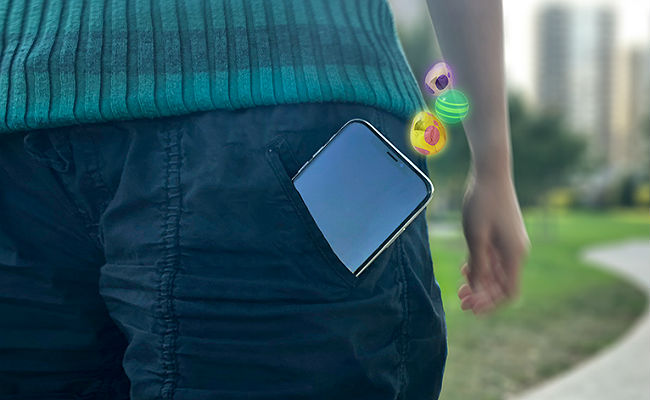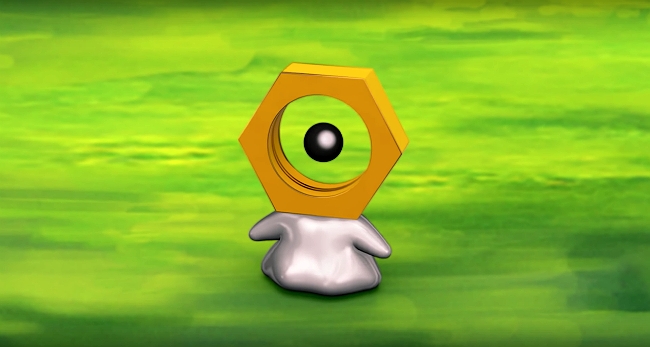
Pokemon Go has dealt with an existential crisis of sorts for some time: What’s the point of catching them all in the VR-enabled real world? The mobile version of Pokemon has been wildly successful, but for many who have not kept up after its initial burst of popularity, the question remained for many as the mobile game expanded into Johto, Hoenn and other regions of Pokemon: Just how much of a game is Pokemon Go in the first place?
Once the initial thrill of catching the pocket monsters of your youth faded, many looked critically at what the game was more than two years ago. There was no trading, no way to make friends, and not even a way to actually catch the initial 150 Pokemon. That’s all changed in the years since, as the game now supports a friend system and users can help each other raid gyms together and gift items from afar. Raid battles are a way for players to catch rare Pokemon, and the gym system is much more dynamic than it initially was.
There are also research challenges that give players incentive to open the game daily, and there’s huge incentive for walking and exploring regions to find new gyms and Pokestops. That desire to get you out and moving expanded again this week when Niantic revealed Adventure Snyc, which uses Android Fit and HealthKit to track steps, hatch eggs and give players rewards even if the Pokemon Go app wasn’t running while you walk. Niantic says getting players active is a huge reason they’re developing the feature, but it’s also smart, because even if someone skips playing for a few days, there will be rewards waiting for them if they activate Adventure Sync and go back to the game.
Even playing Pokemon Go, according to Niantic, seems to get people motivated to move more.
So far in 2018, Trainers have already walked an astonishing 53 percent more while playing Pokémon GO than they did in 2017. In a recent international survey of nearly 2,000 Trainers, we found that 70% felt that playing Pokémon GO had motivated them to walk more on average, and 64% said that playing the game motivated them to go outdoors. Additionally, 47% of Trainers indicated that they felt their physical activity level had increased since playing, and the same number felt that playing Pokémon GO helped them connect with others.
Health initiatives aside, after two years the game finally feels like it’s more than a freemium game on a mobile phone. There are stakes now, and maybe something for players to strive for, though the game still has its flaws. Research challenges are still easier to complete in more densely urban environments. If you’re a mostly solo player, or one with friends not nearby, finding people to complete top tier raid battles with isn’t easy. There’s only so much a player not paying actual money for things in the freemium game can do, and it can get repetitive easily.
There’s no real end point to the game, either. As Pokemon Go adds more and more creatures from the game’s region, the actual point of finishing the game slips further and further away. Holiday events offer some chances to catch different Pokemon, and you can get as invested in battles and strengthening Pokemon with high IVs as much or as little as possible. But after all that, again, what’s the point? Being a completionist only takes you so far.
Thankfully two upcoming Pokemon games for the Nintendo Switch, Let’s Go Pikachu and Let’s Go Eevee, start to bring some clarity to all the hours you’ve spent staring at your cell phone the past few years. If you’re willing to invest in the ecosystem, playing one of the titles is a way to give a very distinct purpose to the catching you’ve been doing while friends and family members scold you to pay more attention to the real world, not its AR+ equivalent.

Back in September, players were spotting a Pokemon later revealed to be Meltan in the wild. It would change into a Ditto once caught, but a later video revealed that the Pokemon was, indeed, real and could be evolved into a powerful Pokemon you could use in battles. Getting Meltan, though, meant trading a Pokemon from Pokemon Go into one of the Let’s Go games for the Switch. Doing that will get you a Mystery Box, which is an item that, once used, attracts Meltans in the wild when you play Pokemon Go.
https://www.youtube.com/watch?v=D5tdEDXqjbo
The game’s official website offers more details about how the actual transferring process will work and the benefits of doing so in the first place, but the biggest benefit for Go players is that they can get items and, through the Mystery Box, Meltans to catch and evolve. It’s a nice bit of synergy, and skeptics can say it is just another way to distance some players without a Nintendo Switch from ever finishing the game. It does, however, finally give some purpose to the Lapras you hatched on the second day you played the game, or the Kangaskhan you maybe picked up in Australia on vacation once.
That might not be enough satisfaction for the people you’ve ignored while you stare at your phone pushing Poke Balls at digital monsters while you walk, but it’s a nice start. At the very least, it makes Pokemon Go feel like something a bit bigger than a way to give real money to Niantic to get fake money for egg incubators.
